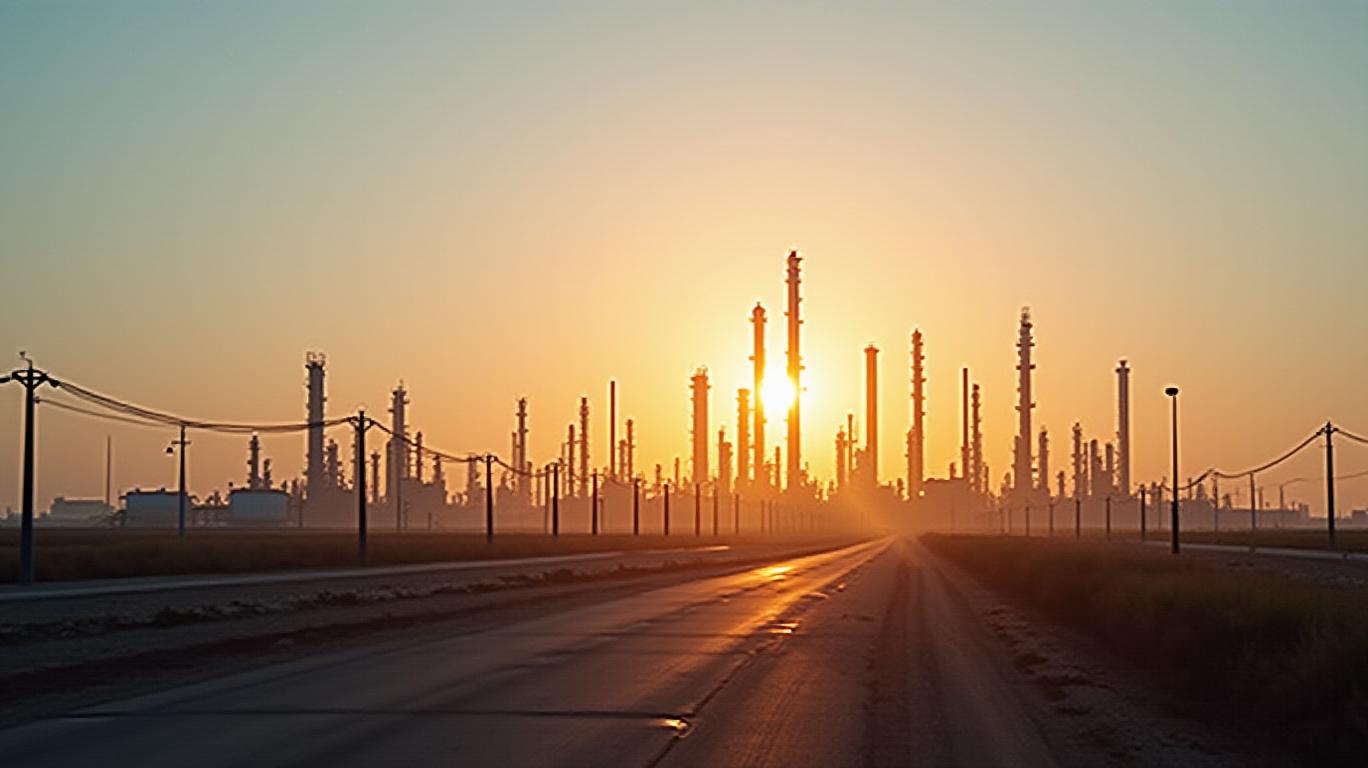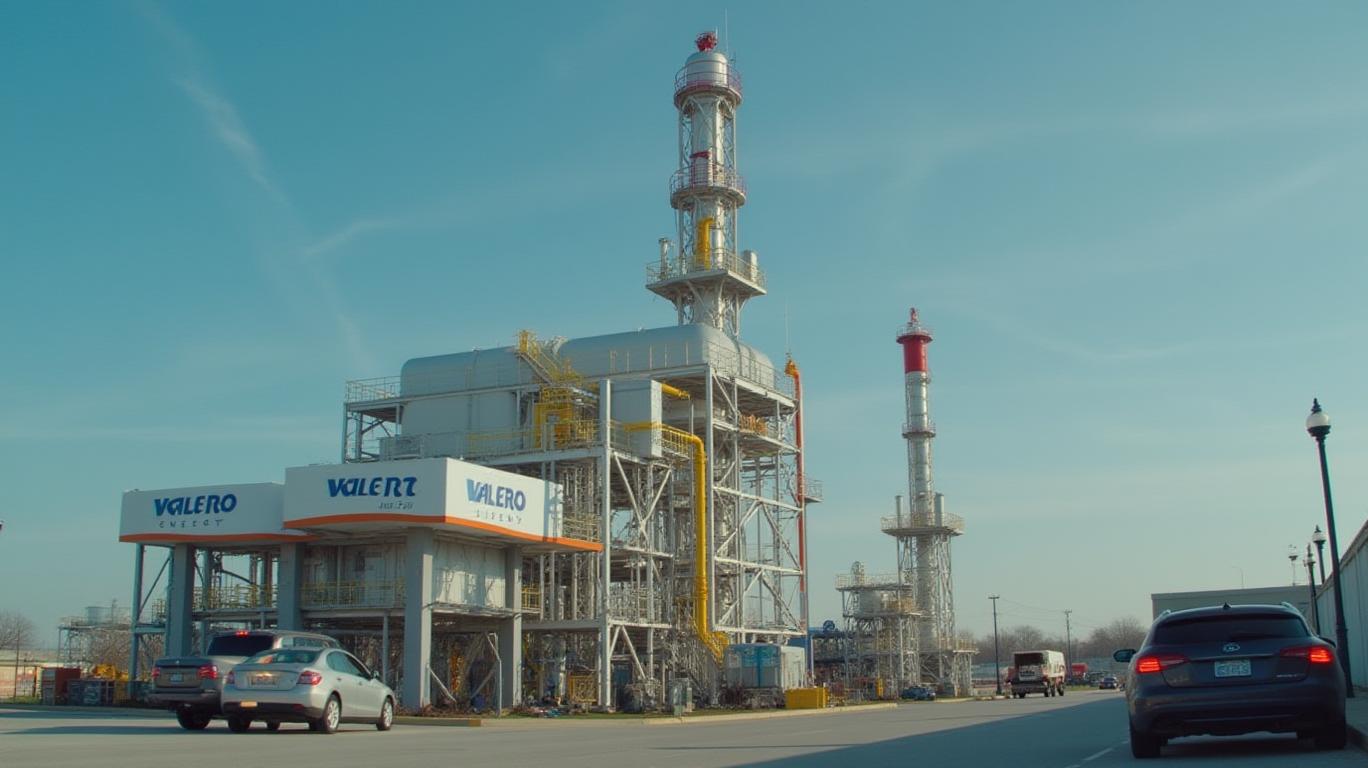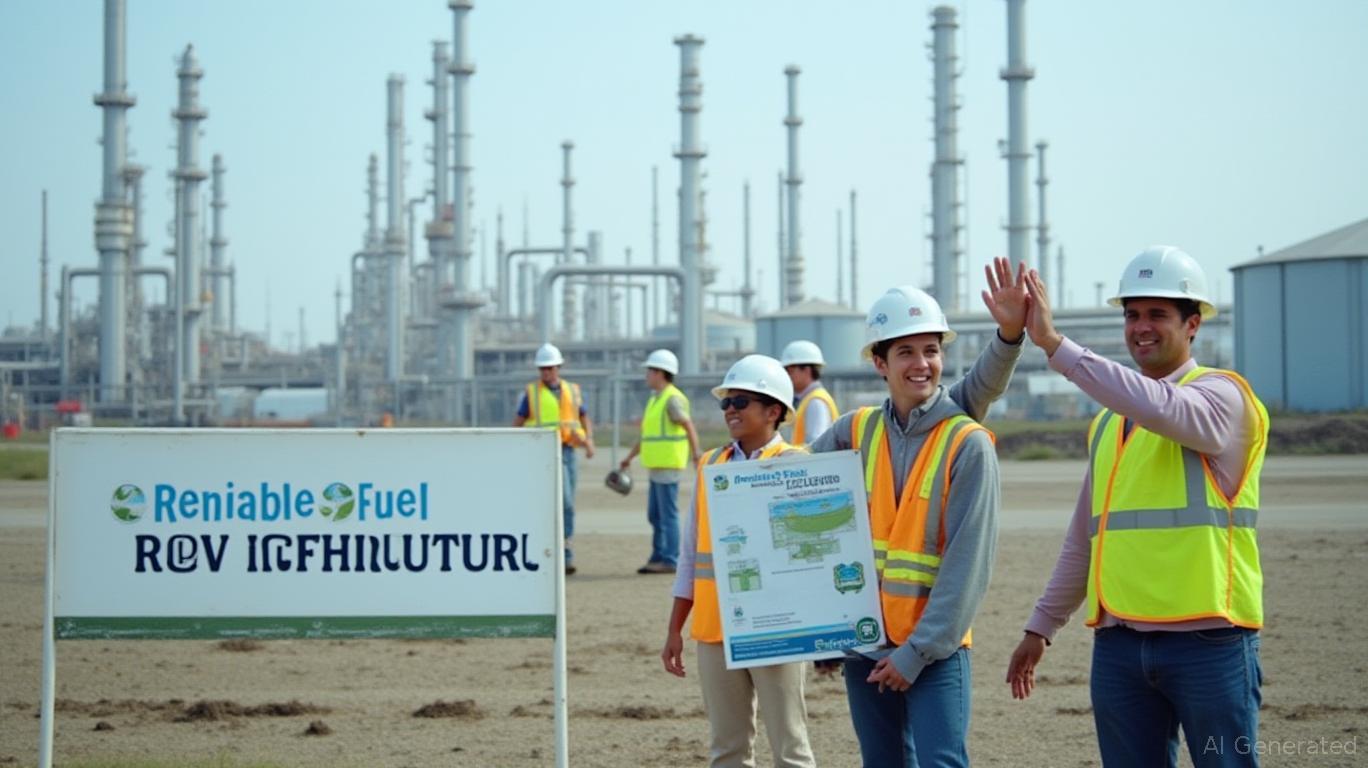Valero Energy’s Dividend Increase Signals Resilience Amid Energy Transition Challenges
Valero Energy Corporation (VLO) has reaffirmed its commitment to shareholder returns with its latest dividend declaration, raising its quarterly payout to $1.13 per share for the second quarter of 2025. The dividend, payable on June 18, 2025, to shareholders of record as of May 20, 2025, marks a continuation of its dividend growth strategy even as the energy sector grapples with evolving market dynamics and the push toward low-carbon fuels.

A Dividend Policy Anchored in Stability
Valero’s dividend increase—up from $1.07 per share in Q2 2024—reflects its financial discipline. With a dividend cover ratio of 1.5, the company’s earnings comfortably exceed its dividend obligations, signaling sustainability. Over the past year, Valero has maintained a 2-year streak of consecutive dividend increases, a rare feat in an industry where many peers have paused payouts to preserve capital.
Ask Aime: How is Valero's latest dividend declaration of $1.13 per share for Q2 2025 impacting shareholder returns?
The current annualized dividend of $4.52 per share yields 2.8% at its recent share price of $148.83, offering investors a meaningful return. This yield compares favorably to peers like ExxonMobil (XOM) and Chevron (CVX), which offer yields of 3.5% and 3.1%, respectively, but carry higher valuations.
Navigating Volatility with Diversified Assets
Valero’s resilience stems from its vertically integrated business model. The company operates 15 refineries across North America and the U.K., with a combined throughput capacity of 3.2 million barrels per day, making it one of the world’s largest independent refiners. Its scale allows it to leverage economies of scale while mitigating regional supply chain risks.
But Valero is also pivoting toward low-carbon fuels. Through its joint venture, Diamond Green Diesel Holdings LLC, Valero produces 1.2 billion gallons annually of renewable diesel and sustainable aviation fuel (SAF), a critical component of its strategy to reduce carbon intensity. Additionally, its 12 ethanol plants, capable of producing 1.7 billion gallons per year, provide further diversification.
These moves align with global demand for cleaner energy, even as traditional refining margins face pressure. Valero’s Q1 2025 net loss of $595 million—driven by asset impairments and macroeconomic headwinds—highlights the sector’s volatility. Yet the dividend increase underscores management’s confidence in long-term cash flow generation, a decision likely supported by its robust balance sheet and hedging strategies.
Risks and Opportunities on the Horizon
Investors should weigh two key factors. First, Valero’s $48.7 billion market capitalization reflects its operational heft but also its exposure to oil price swings and regulatory changes. Second, the company’s decision to idle its Benicia, California, refinery by April 2026—a move to focus on higher-margin renewable fuels—could test its ability to balance legacy operations with new investments.
Conclusion: A Dividend Play with Transition Potential
Valero’s dividend policy remains a cornerstone of its investor appeal, offering a 2.8% yield backed by a dividend cover ratio of 1.5 and a history of growth. While near-term volatility in oil markets and refining margins poses risks, the company’s diversified asset base and strategic shift toward renewables position it to navigate the energy transition.
Investors should monitor two metrics: Valero’s quarterly refining margins and renewable fuel output growth. If the latter continues to scale—paired with disciplined capital allocation—the dividend could remain a reliable source of returns. With a dividend yield that outperforms its refining peers and a balance sheet capable of weathering cyclical downturns, Valero’s stock could attract income-focused investors seeking exposure to an evolving energy landscape.
In the end, Valero’s dividend increase isn’t just a financial decision—it’s a strategic statement. By rewarding shareholders while pivoting toward low-carbon fuels, the company is betting that its dual focus on stability and innovation will keep it afloat, even as the energy sector itself undergoes transformation.










